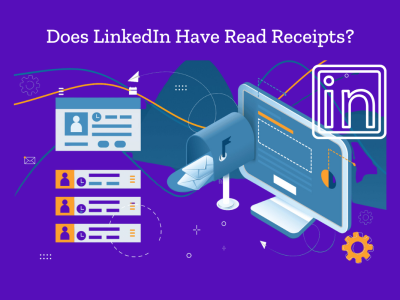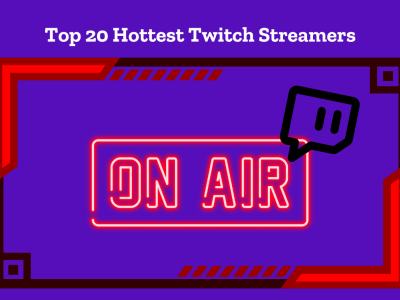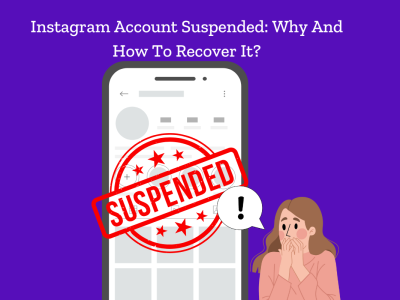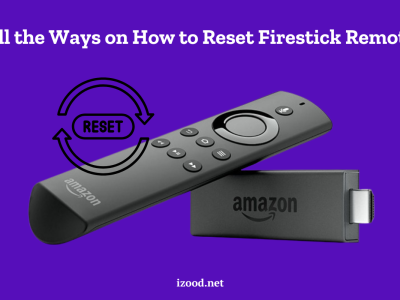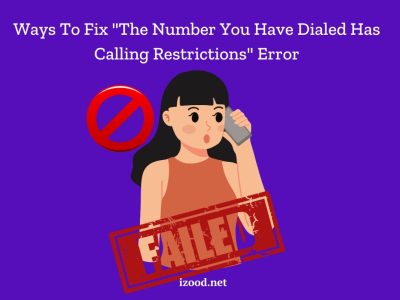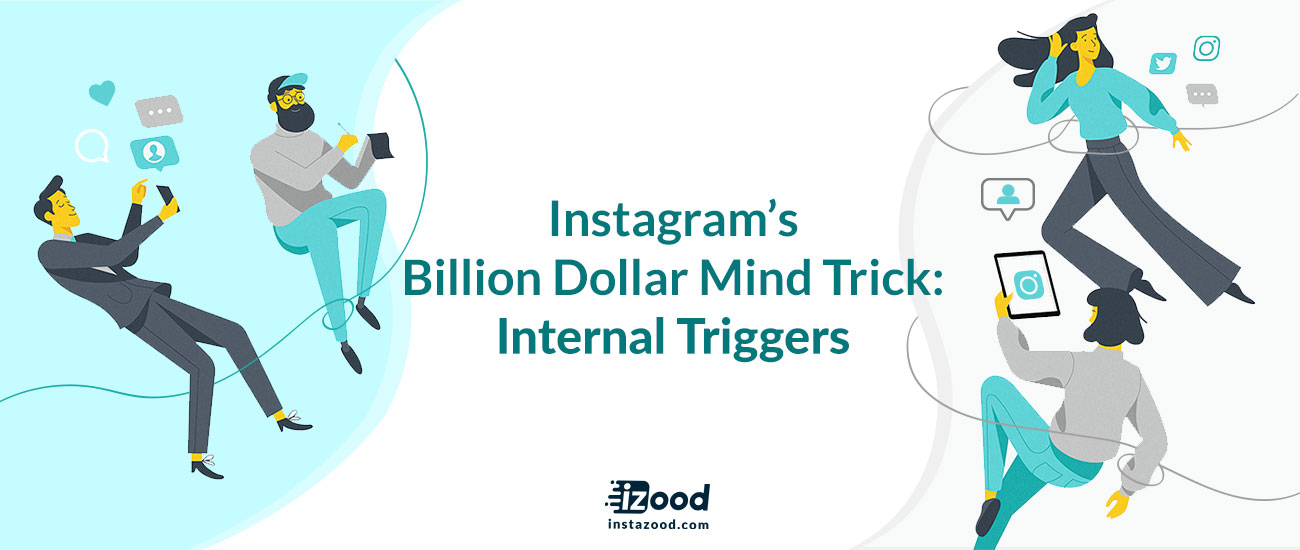
She asked not to be identified by her real name. A young addict in her twenties, despite her online addiction, attends Stanford University. She has all the polish and composure you’d expect of a student, yet she succumbs to her habit during the day. She can’t help it; she is compulsively hooked.
Yin is an Instagram addict. The photo-sharing social network platform, acquired by Facebook for $1 billion, caught the minds of Yin and 40 million others like her. The acquisition shows the increasing influence–and great value created by–habit-forming technologies. Of course, the Instagram acquisition price was driven by a host of determinants including a rumored bidding war for the company. But at its core, the platform is the latest example of an enterprising team, experienced in psychology as much as technology, that unleashed an addictive monster on users who made it part of their daily lives.
Like all addicts, Yin doesn’t recognize she’s hooked. “It’s just fun,” she says as she takes her latest in a set of moody snapshots evocative of the late 1970s. “I don’t have a problem or anything. I just use it whenever I see something good. I feel I have to seize it before it’s gone.”

The Triggers in your head
Instagram produced an expected response inside Yin’s brain. Her behavior was reshaped by a reinforcement loop which, through repeated conditioning, built a connection between the things she observes in the world around her and the platform on her phone. When an application is tightly linked with a thought, a pre-existing habit, or an emotion, it generates an “internal trigger.” Unlike external triggers, which are sensory incentives, like a phone ringing or an online advertisement telling us to “click here!” you can’t see, hear or touch internal triggers. Internal triggers exhibit automatically in mind and producing them is the brass ring of consumer technology.
We check Twitter when we are bored. We use Facebook when we’re lonely. Emotions cause the desire to use these services. But how does a platform like Instagram creates internal triggers in Yin and a lot of other users? It Turns out that there is a stepwise approach to create internal triggers:

1- Acquire and educate with internal triggers
Instagram filled Facebook feeds, and Twitter streams with funny sepia-toned pictures, each with various links back to the platform. These external triggers not only attracted new users but also taught them how to use the product. Instagram efficiently used external triggers to communicate what their platform is for.
“Quick wonderful photo sharing,” as their slogan says, showed the purpose of the service. And by communicating the use-case, Instagram was victorious in obtaining millions of new users. But significant growth is not enough. In a world full of online distractions, Instagram needed users to use the platform daily.
2- Create desire
To get people using, Instagram followed a product design pattern common between habit-forming technologies, hooks. After tapping through from external triggers, people are prompted to install the app, and they start using it for the first time. The minimalist interfaces all but eliminates the need to think. With just a tap, a picture is taken, and all kinds of sensory and social rewards ensue. Each picture was taken and shared further commits the person to the app.
Consequently, users change not only their behavior but also their minds.

3- Add the Internal trigger
Finally, a habit is established. Users no longer need external triggers to use Instagram because the internal triggers occur on their own. As Yin said, “I just use it whenever I see something awesome.” Having observed the “popular” tab of the app thousands of times, she’s honed her perception of what “awesome” is. She’s also collected feedback from friends who reward her with likes and comments. Now she finds herself always on the hunt for pictures that fit the Instagram style. Like a never-ending scavenger hunt, like if she is forced to capture these moments.
For millions of people like Yin, Instagram is a harbor for inspirations and emotions. It’s a virtual diary in pretty pixels. By thoughtfully moving people from external to internal triggers, Instagram created a persistent routine in users’ lives. Once their internal triggers started to fire, competing platforms didn’t stand a chance. Each snapshot further committed users to Instagram, making it essential to them, and apparently to Facebook as well.

What do you think?
Share your thoughts with us in the comments below.


